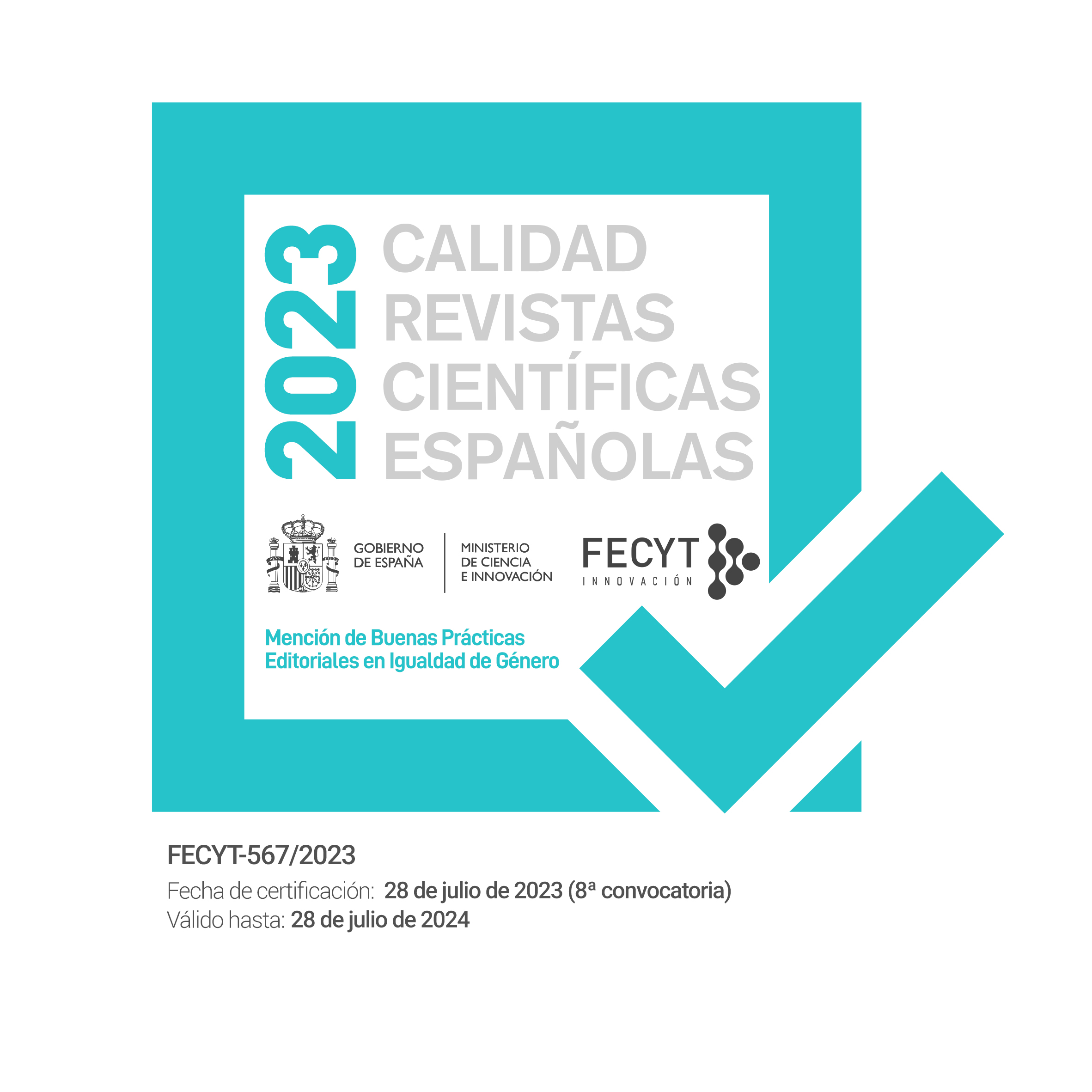Submissions
Author Guidelines
- Research papers and reviews can be written in English or Spanish. June 1st: Deadline for submitting a manuscript; October 30th: Acceptance communication. Acknowledgement of receipt of your manuscript will be sent by email.
- AILIJ is a peer-reviewed journal. Your manuscript will be submitted anonymously. You will be notified of the editors’ decision, and a copy of the reviewers’ comments will be sent to you.
- A positive evaluation of a work by the reviewers will not guarantee its publication: the decision will be made by the editors as a function of the editorial priorities of the moment following quality criteria. Research articles must be critical enough, not just descriptive. There’s no payment upon publication and the journal has all the editorial rights. The opinions and contents of articles published are under exclusive responsibility of the author(s), and therefore they will be responsible for obtaining copyright permission for reproducing the material published in other publications.
- The electronic version (in Word) should be submitted to https://revistas.webs.uvigo.es/index.php/AILIJ. Please, make sure that personal identification does not appear on the manuscript itself. Send a second attachment including your name, address, affiliation, telephone number and email address. Authors are kindly recommended to follow FECYT's suggestions: https://www.recursoscientificos.fecyt.es/sites/default/files/2015_02_16_normalizacion_nombre_autor.pdf. Institution, city, country, email, and ORCID are to be included. ORIC code can be get at https://orcid.org/
- The number of pages must not exceed 25 (min. 15) in A4. They must not be numbered; 1.5 spacing, kind of letter: Times New Roman, size 12. Margins: 3 cm to the left and right, 2.5 top and bottom. Complete justification.
- Only critical reviews until 4000 words will be accepted. Each review will be headed by the complete bibliographical data of the reviewed study. The guidelines for papers will apply to reviews (except for the absence of abstracts and key words in the case of reviews). Books reviewed should have been released in the last two years.
- Papers should be presented like this:
Title: (in 12-point, capital fonts, centred)
Abstract in Spanish (Resumen) (12-15 lines; 150-200 words)
Key words in Spanish (Palabras clave) (3- 6 words). Important: The first letter of each key word will require initial capital letter. Key words must be separated by semicolon. The journal recommends to use key words from Tesauros de la Educación UNESCO, ERIC or Academic Search.
Abstract in English (150-200 words). It must be detailed enough to include the substance of the article in order to improve its impact.
Key words in English (3-6)
Introduction, Body of the work (methodology, discussion, and results), Conclusions, References, Anex.
Both the abstract and the key words will be on the first page (immediately before its beginning) in Times New Roman, size 12.
- The textual sections and epigraphs must always be ordered in Arabic numerals.
- Commentaries must appear in footnotes. They must be numbered with Arabic numbers from 1 onwards, and the numbering must be continuous from the beginning to the end of the text. Size 10 must be used for the numbers and for the text of the notes (and always Times New Roman). Footnotes will not be used to enter new complete bibliographical references that, in all cases, will be included in the final bibliography of the study. Use footnotes only for explanatory notes and citations that are not easily accommodated by the ‘scientific’ system of citation.
- Tables, charts and graphics: both in the electronic and written version, each table, chart or graphic must be correctly inserted in their definite place. All these tables, charts and graphics will be treated with the appropriate tools of the processor used for the text format. Landscape graphics, charts and tables won´t be admitted.
- Use in-text (‘scientific’) citation style. APA guidelines must be followed: https://apastyle.apa.org/products/publication-manual-7th-edition
- Model for the inclusion of quotations: use1.25 cm French indentation. Type of letter: Times New Roman, size 10. The text must have complete justification.
- A list entitled ‘References’ must be included at the end of the manuscript. APA style is preferred. Follow the examples below and consult the APA manuals. Plese, add DOI in all references if possible. https://apastyle.apa.org/products/publication-manual-7th-edition
- It should be stated if any article content refers to any funded research project, so as to follow article 37 of Law Ley 14/2011, de la Ciencia, la Tecnología y la Innovación. These data must be provided in the additional information to be sent separately with the author's data.
REVIEW PROCESS
1. Anuario de Investigación en Literatura Infantil y Juvenil will notify the author(s) when receiving the manuscript. If it fits the scope of the journal , the manuscript will be sent to two experts (referees) following a double blind review policy. Both referees and authors are anonymous throughout all the process. Referees will send a report to the Journal suggesting or rejecting the manuscript publication.
2.The decision adopted should be:
a. Acceptance without modifications.
b. Acceptance with minor changes.
c. Major changes. The modified manuscript will be reviewed again.
d. Rejection
The authors will be informed of the decision and will receive the referees’ comments.
Copyright Notice
Anuario de Investigación en Literatura Infantil y Juvenil has been published in open access from 2019 (vol. 17). The journal allows the authors to retain publishing rights. Authors may reprint their articles in other media without having to request authorization, provided they indicate that the article was originally published in Anuario de Investigación en Literatura Infantil y Juvenil. The journal holds the copyright of printed issues (volumes 0-16).
Privacy Statement
The names and email addresses entered in this journal site will be used exclusively for the stated purposes of this journal and will not be made available for any other purpose or to any other party.




